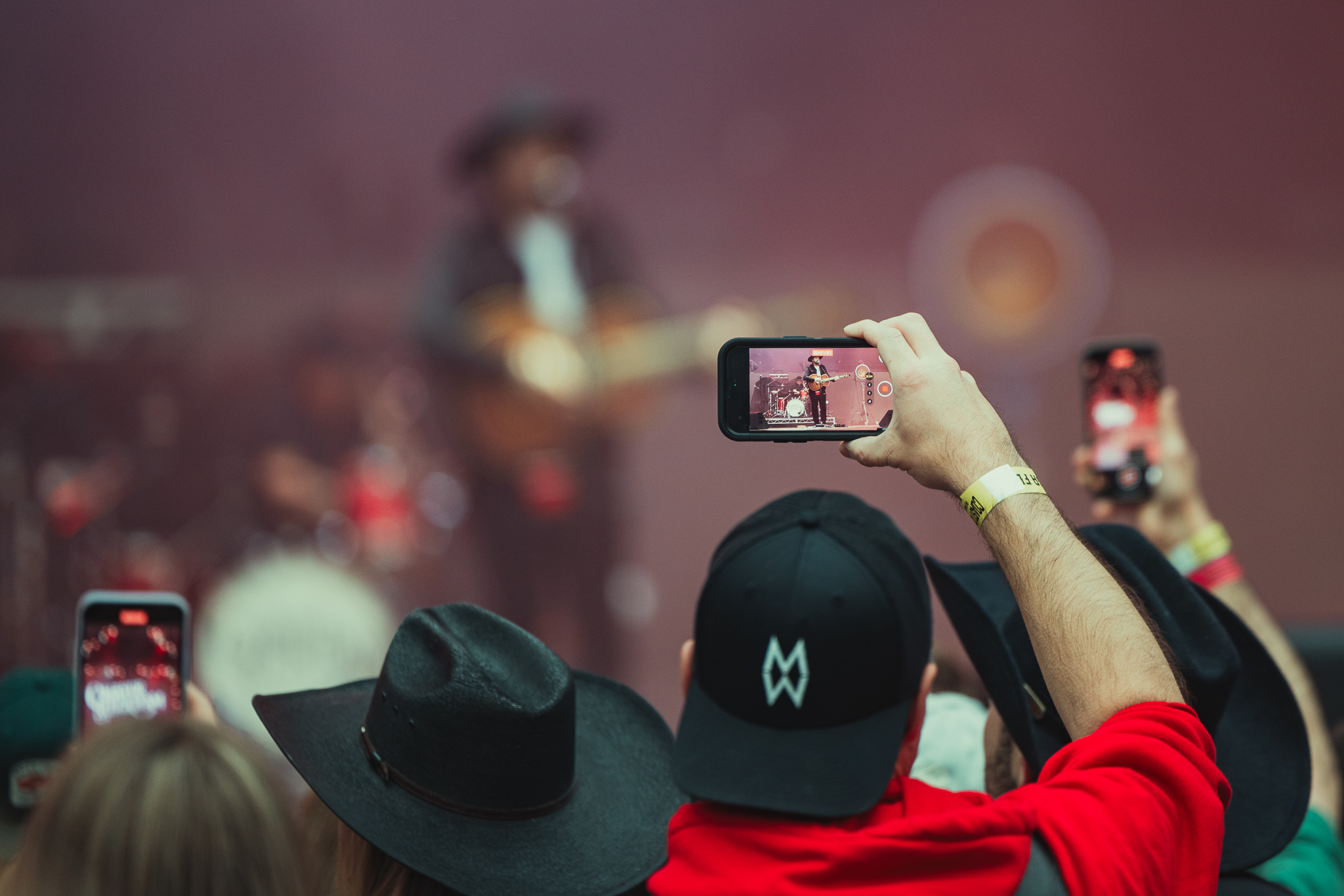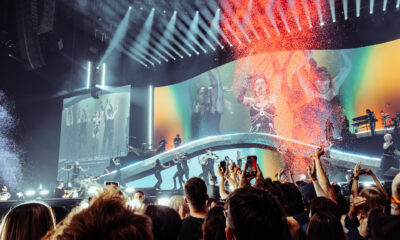Music Reviews
The Evolution of Concert Etiquette: A Decade of Change

In the ever-evolving landscape of live music, concert etiquette has undergone a significant transformation over the past decade. The way audiences engage with performances has shifted dramatically, influenced by technological advancements, changing societal norms, and the 202 pandemic. This article delves into the notable changes in concert etiquette, highlighting the impact on both artists and fans.
The Rise of Smartphones: A Double-Edged Sword
Ten years ago, the sight of a sea of smartphones held aloft at concerts was far less common. Today, it’s a ubiquitous part of the live music experience. While smartphones offer the convenience of capturing memorable moments, they also present a distraction. The glowing screens can disrupt the immersive atmosphere, and can be a nuisance to both performers and fellow concert-goers.
Some artists have taken a stance against excessive smartphone use, encouraging fans to be present in the moment rather than viewing the concert through a screen. Initiatives like “phone-free” shows have gained traction, with artists such as Jack White and Alicia Keys advocating for a more engaged and distraction-free environment. Some artists/bands, like more recently Ghost, have requested fans to place their phone in locked pouches. Sadly, this doesn’t stop everyone.
Social Media and the Live Music Experience
The advent of social media has revolutionized how fans interact with live music. Platforms like Instagram, X/Twitter, and TikTok have become extensions of the concert experience, allowing fans to share their excitement in real-time. This instant connectivity has fostered a sense of community among fans, but it has also led to a culture of constant documentation rather than pure enjoyment. At one of her 2024 album release shows, Halsey asked the audience to stop filming and be active, to not avail.
The pressure to capture the perfect shot or video for social media can detract from the emotional connection with the performance. I have recently experienced this at Dua Lipa‘s concert in Paris where many people pushed to get to the front in order to film their interaction with Dua on her barricade walks, despite not being fans of her. Moreover, the immediacy of social media can sometimes lead to spoilers for those who couldn’t attend the concert, diminishing the element of surprise for future shows.
Audience Engagement: From Passive to Participatory
Concert etiquette has evolved from a more passive form of audience participation to a highly interactive one. A decade ago, audiences were content to watch, listen, cheers and applause. Today, fans actively engage with performers, singing along, dancing, and even influencing the setlist through social media polls and requests (think Taylor Swift’s surprise songs).
This shift towards participatory engagement has created a more dynamic and inclusive concert environment. Artists now design their shows to encourage audience interaction, even inviting fans on stage. This level of engagement fosters a deeper connection between the artist and the audience, making each concert a unique and memorable experience.
The Impact on the Music Industry
The changes in concert etiquette have had a profound impact on the music industry. Artists and promoters have had to adapt to the new norms, finding ways to enhance the live music experience while managing the distractions of technology. Some venues have implemented policies to limit smartphone use, while others have embraced it by providing designated areas for photography or live streaming.
The industry has also recognized the marketing potential of social media. Encouraging fans to share their concert experiences online can generate buzz and attract new audiences. However, striking the right balance between engagement and distraction remains a challenge.
Looking Ahead: The Future of Concert Etiquette
As technology continues to advance, so too will concert etiquette. The next decade may see further innovations in how audiences engage with live music, from augmented reality experiences to virtual concerts (like Dua Lipa with Studio 2054). The key will be to ensure that these advancements enhance, rather than detract from, the magic of the live music experience.
In conclusion, the evolution of concert etiquette over the past decade reflects the broader changes in society and technology. While smartphones and social media have brought new dimensions to the live music experience, they have also presented challenges. As we move forward, it is essential to foster an environment that balances engagement with respect for the artistry and the shared experience of live music.







